Project Description
In September 2021, we put on our consultant’s hat and traveled down to Belize to start work on a regenerative agriculture project, at SilkGrass Farms, a vertically integrated agribusiness in Southern Belize committed to positive environmental and social impact by reimagining the way food is grown and processed, for good.
Silk Grass Farms believes they can innovate and model sustainable, compassionate agribusiness at scale. We are privileged to walk with them on their journey as they evolve from ownership to stewardship; from division to connection; from independence, to interdependence.
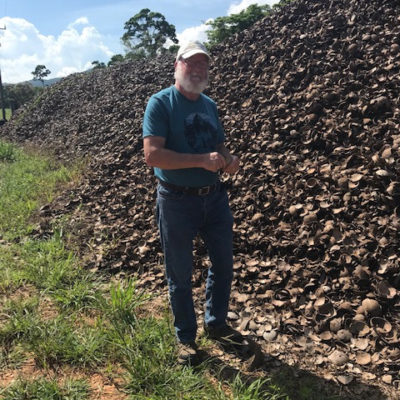
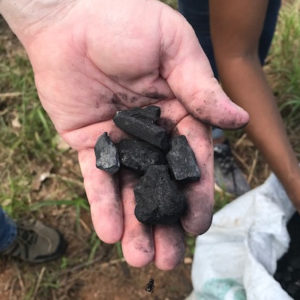
Our part of the project involves working with the grower to develop the optimal approaches to get the greatest value from the biomass char, biomass ash, and pyroligneous acid that they will produce from post-harvest agricultural residues, as well as from woody biomass generated from the transition of old growth crop plantings to new growth crop plantings.
- Biomass char is produced from the burning of organic residues without any air.
- Biomass ash is produced from the burning of organic residues with air.
- Pyroligneous Acid is the liquid condensate of the gaseous emissions from the making of biomass char.
During our initial meetings in Belize, it became clear that a high priority on the farm is responsible water management. The farm developed the 4S’s (store it, spread it, sink it, slow it) to guide its water management practices. While the farm is focused on the more macro forms of responsible water management, our focus is more micro and plant centered.
We incorporated the 4S’s in devising approaches that would work on the plant level. Specifically, we proposed that the farm use a combination of char wells and char trenches as a long-term approach to store, spread, sink, and slow storm water that Mother Nature provides–when she provides it.
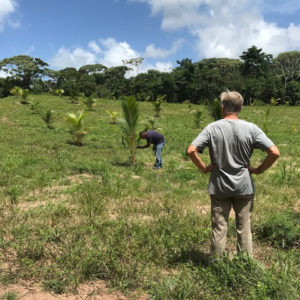
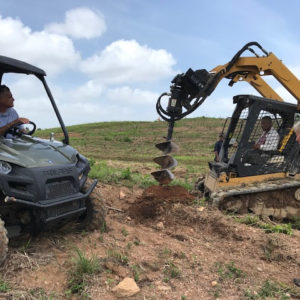
The proposed char wells will take the form of cylinder-shaped holes that are about 10 inches wide and 2 feet deep. SilkGrass Farms has an auger used for planting, which can be used to dig the holes. The holes will be filled with biomass char with a particle range of 1 inch minus. In the first stage of implementation of the char well idea, a char well will be placed between newly planted trees at the time of planting. The second and ongoing stage, will be the placement of char wells between older trees.
Char trenches will be around 4 inches wide, 2 feet deep, and as long as needed. The char trenches will be placed between planted tree rows, both on slopes and flat areas.
Both the wells and trenches will initially serve as a stormwater management tool but over time, as the plant roots grow into these areas seeking moisture, a biological/nutrient oasis will form providing for the long-term health of the soil and plant. The wells and trenches provide the opportunity to use time as our friend.
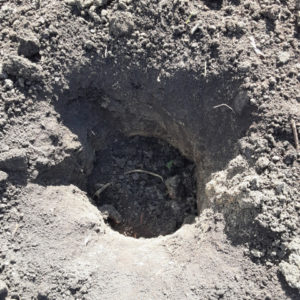
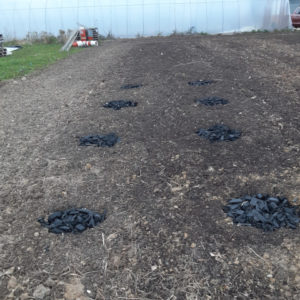
When we got back from Belize, we decided to put the char well idea into practice by installing wells within our garlic plantings at the Fondy Farm. Our char wells were placed within the walking paths of our garlic plantings. For this install, the char wells were dug 2 ft wide and 2 ft deep. We filled the wells with 2 inch minus wood char. We then inoculated each well by pouring 5 gallons of leaf compost extract over the char within the wells. We will see what story the garlic tells us next season when it grows. For now, we will need to wait while we are in winter’s grip.

